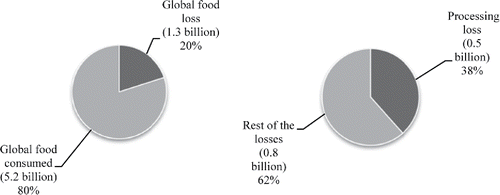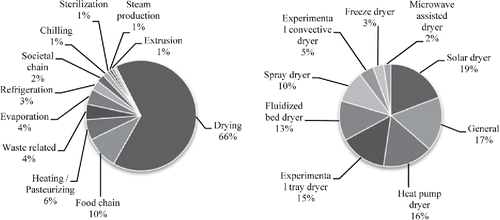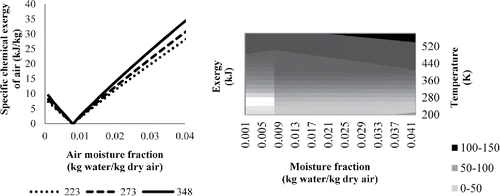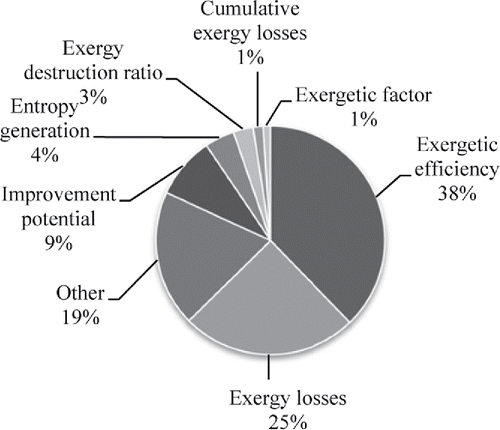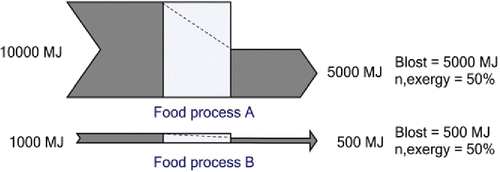Figures & data
Table 1. Indicative list of forms of exergy and formulas used for their calculation.
Table 2. Indicative but not exhaustive list with various exergetic indicators found in literature after the comparison of 134 publications to the best of authors’ knowledge.
